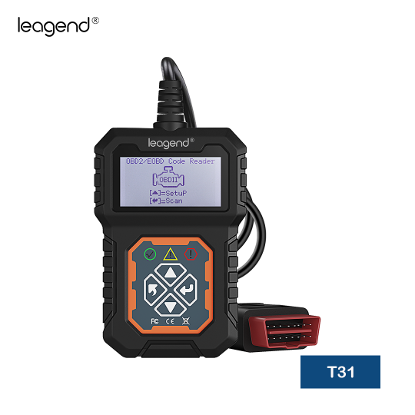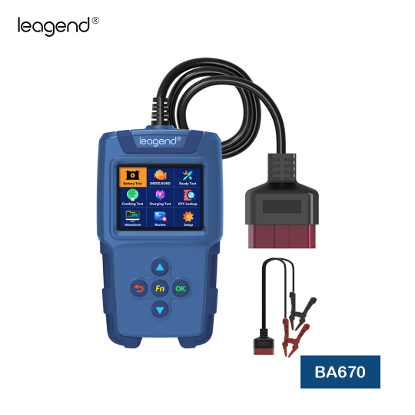OBD II ensures consistent, reliable and accurate Diagnostics
In the vehicle tool market, among the various diagnostic methods available, the On-Board Diagnostics II (OBD II) tool stands out as one of the most reliable and comprehensive solutions.
Introduced in the mid-1990s, the OBD II standard revolutionised vehicle diagnostics by providing a universal interface for reading diagnostic information.
Unlike older systems, which varied widely among manufacturers, OBD II provides a standardised protocol that all compliant vehicles use. This standardisation has paved the way for more consistent, reliable, and accurate diagnostics.
Vehicle workshops rely on OBD II scanners to streamline operations, improve accuracy and boost customer satisfaction. These tools allow for technicians to work more efficiently in the following ways:
:
- Digital records simplify warranty claims, follow-up reminders and audit trails for quality control.
These capabilities allow garages to work more efficiently, deliver more reliable repairs and build trust with customers, ultimately driving higher throughput, reduced costs and increased revenue.
If garages want to maximise the benefits outlined above, then choosing the right OBD II scanner and tool is essential.
The features dual system inspection for both engine and transmission systems, offering quick LED-based (green/yellow/red) engine failure alerts alongside full DTC code definitions. It dynamically displays live data across 249 ECU parameters, freeze-frame snapshots and I/M readiness status.

With it, users can read and clear engine trouble codes, reset the Malfunction Indicator Lamp (MIL), and reboot the detector. Additionally, it retrieves vital vehicle info, including Vehicle Identification Number (VIN), Calibration Identification numbers (Cal IDs), and Calibration Verification Numbers (CVNs)—via its handheld interface.
Further benefits can be achieved with an OBD II tool that can accommodate battery testers.
is a 2-in-1 OBD II scanner and battery tester that reads/clears engine trouble codes, resets the MIL, and retrieves VIN, Cal IDs, and CVNs.
Besides its OBD II scanner features, leagend BA670 also tests 6/12/24V battery CCA, resistance, voltage, SoC, SoH and starting/charging systems. With one-key quick tests for battery checks, OBD II diagnostics, DTC lookup and I/M readiness, it saves up to 1,750 records. And it also supports to update and print test results by connecting to a computer via a USB cable for better customer services.

T31 and BA670 are only two typical OBD II diagnostic tools from leagend, a company that has been developing OBD II diagnostic technologies and manufacturing OBD II diagnostic tools for about 20 years since its establishment in 2005.
leagend is a technology-oriented and product-oriented high-tech manufacturer, by 2025, leagend’s R&D investment ratio has been up to 40% and its ratio of technician and engineer staff has been up to 50%. Besides, it is also robust in the innovation fields, it has over 60 copyrights, over 60 inventions and relative patents, and over 20 certificates.












